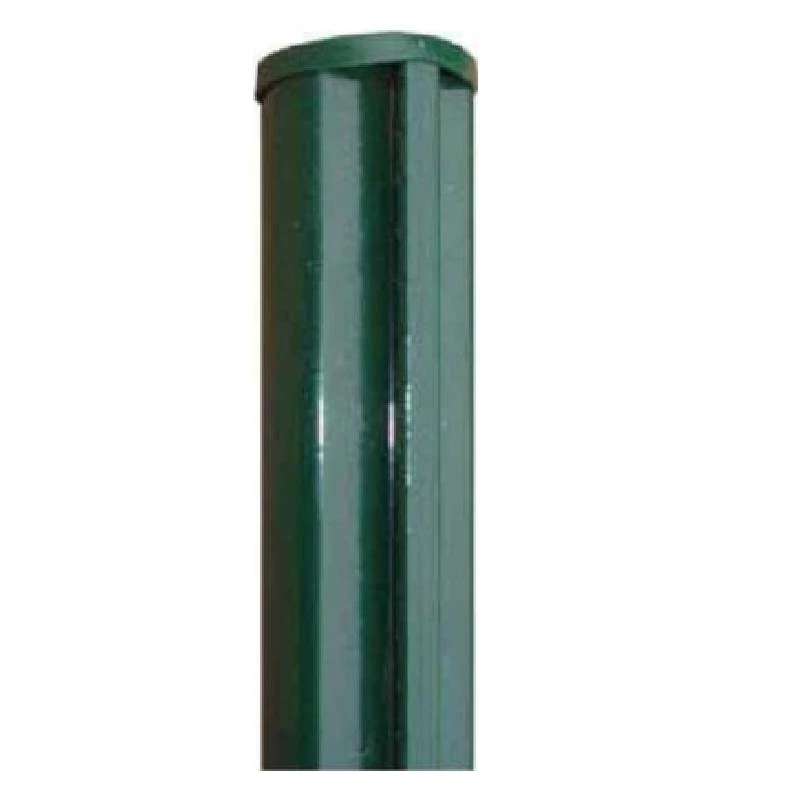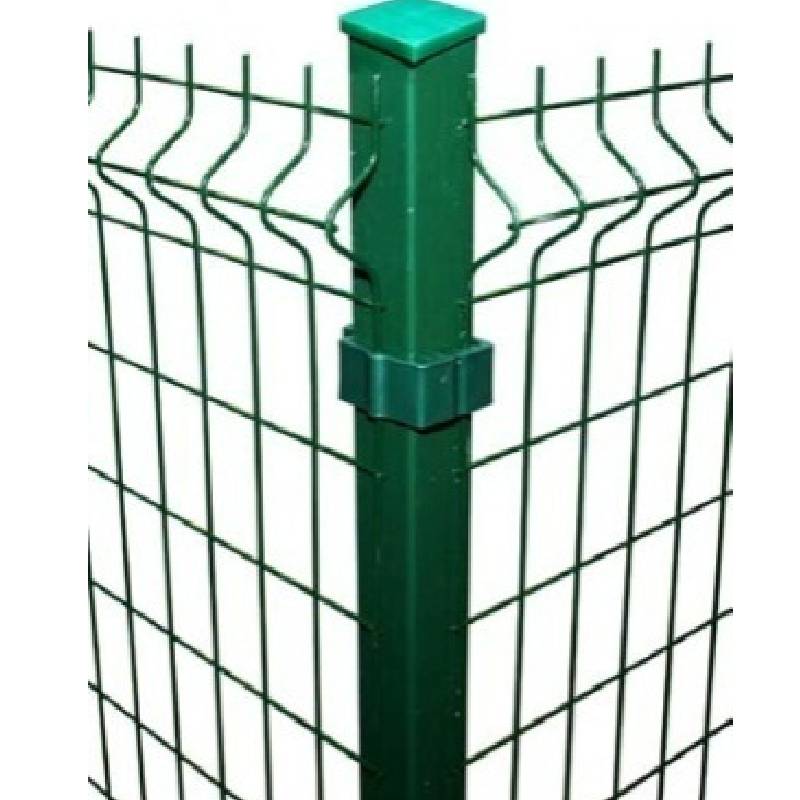-
E-bost:zhao@hyliec.cn
-
Ffôn:+86 311 85273988
-
WhatsAPP:8613931128750
-
 Affricanaidd
Affricanaidd -
 Albaneg
Albaneg -
 Amhareg
Amhareg -
 Arabeg
Arabeg -
 Armenaidd
Armenaidd -
 Azerbaijani
Azerbaijani -
 Basgeg
Basgeg -
 Belarwseg
Belarwseg -
 Bengali
Bengali -
 Bosnieg
Bosnieg -
 Bwlgareg
Bwlgareg -
 Catalaneg
Catalaneg -
 Cebuano
Cebuano -
 Corseg
Corseg -
 Croateg
Croateg -
 Tsiec
Tsiec -
 Daneg
Daneg -
 Iseldireg
Iseldireg -
 Saesneg
Saesneg -
 Esperanto
Esperanto -
 Estoneg
Estoneg -
 Ffinneg
Ffinneg -
 Ffrangeg
Ffrangeg -
 Ffriseg
Ffriseg -
 Galiseg
Galiseg -
 Sioraidd
Sioraidd -
 Almaeneg
Almaeneg -
 Groeg
Groeg -
 Gwjarati
Gwjarati -
 Creol Haitaidd
Creol Haitaidd -
 hausa
hausa -
 hawaiian
hawaiian -
 Hebraeg
Hebraeg -
 Naddo
Naddo -
 Miao
Miao -
 Hwngareg
Hwngareg -
 Islandeg
Islandeg -
 igbo
igbo -
 Indoneseg
Indoneseg -
 gwyddelig
gwyddelig -
 Eidaleg
Eidaleg -
 Japaneaidd
Japaneaidd -
 Jafaneg
Jafaneg -
 Kannada
Kannada -
 kazakh
kazakh -
 Khmer
Khmer -
 Rwanda
Rwanda -
 Corëeg
Corëeg -
 Cwrdaidd
Cwrdaidd -
 Kyrgyz
Kyrgyz -
 TB
TB -
 Lladin
Lladin -
 Latfieg
Latfieg -
 Lithwaneg
Lithwaneg -
 Lwcsembwrgaidd
Lwcsembwrgaidd -
 Macedonaidd
Macedonaidd -
 Malgashi
Malgashi -
 Maleieg
Maleieg -
 Malayalam
Malayalam -
 Malteg
Malteg -
 Maori
Maori -
 Marathi
Marathi -
 Mongoleg
Mongoleg -
 Myanmar
Myanmar -
 Nepali
Nepali -
 Norwyaidd
Norwyaidd -
 Norwyaidd
Norwyaidd -
 Ocsitaneg
Ocsitaneg -
 Pashto
Pashto -
 Perseg
Perseg -
 Pwyleg
Pwyleg -
 Portiwgaleg
Portiwgaleg -
 Pwnjabi
Pwnjabi -
 Rwmania
Rwmania -
 Rwsiaidd
Rwsiaidd -
 Samoaidd
Samoaidd -
 Gaeleg yr Alban
Gaeleg yr Alban -
 Serbeg
Serbeg -
 Saesneg
Saesneg -
 Shona
Shona -
 Sindhi
Sindhi -
 Sinhala
Sinhala -
 Slofaceg
Slofaceg -
 Slofeneg
Slofeneg -
 Somalïaidd
Somalïaidd -
 Sbaeneg
Sbaeneg -
 Sundanaidd
Sundanaidd -
 Swahili
Swahili -
 Swedeg
Swedeg -
 Tagalog
Tagalog -
 Tajiceg
Tajiceg -
 Tamil
Tamil -
 Tatar
Tatar -
 Telugu
Telugu -
 Thai
Thai -
 Twrceg
Twrceg -
 Tyrcmeniaid
Tyrcmeniaid -
 Wcrain
Wcrain -
 Wrdw
Wrdw -
 Uighur
Uighur -
 Wsbeceg
Wsbeceg -
 Fietnameg
Fietnameg -
 Cymraeg
Cymraeg -
 Help
Help -
 Iddeweg
Iddeweg -
 Iorwba
Iorwba -
 Zwlw
Zwlw
Post Ffensio
What Type Of Fence Post Is Best?
The best type of fence post depends on various factors such as the type of fence, local climate, soil conditions, and personal preferences. Common options for fence posts include:
1. Round steel posts: Round steel posts are a traditional and versatile choice, suitable for various fence types. They can be treated to resist rot and decay, but may require maintenance over time.
2. Square steel posts and rabbet posts offer durability and strength, making them suitable for supporting heavy or high-security fences. They are resistant to rot and insect damage.
3. Steel round posts/ square posts/ rabbet with base plate: They are suitable to install on the concrete ground, and fixed by concrete nails.
What Size Is A Fence Post?
Fence posts come in various sizes, typically having Φ32 Φ34 Φ38 Φ48 Φ60 Φ80 for round steel posts and 40x40 60x60 40x60 60x60 80x80 100x100 etc for square tube posts in dimension. The specific size of a fence post depends on the type of fence being installed, the height and weight of the fence panels, and the local building codes or regulations. It's important to select the appropriate size of fence post to ensure stability and structural integrity for the specific fencing project. Consulting with a professional or referring to local building codes can provide guidance on the recommended size of fence posts for a particular application.
Fence Post FAQ:
What type of fence post is best?
The best type of fence post depends on various factors such as the type of fence, local climate, soil conditions, and personal preferences. Common options for fence posts include round steel posts, square steel posts and rabbet steel posts, posts with base plate or without base plate. Each type has its own advantages and considerations, so it's important to choose the most suitable option based on the specific requirements of the fence project.
What size is a fence post?
Fence posts come in various sizes, typically typically having Φ32 Φ34 Φ38 Φ48 Φ60 Φ80 for round steel posts and 40x40 60x60 40x60 60x60 80x80 100x100 etc for square tube posts in dimension. The specific size of a fence post depends on the type of fence being installed, the height and weight of the fence panels, and local building codes or regulations. It's important to select the appropriate size of fence post to ensure stability and structural integrity for the specific fencing project.
How to install a panel fence?
Paneling a fence involves several steps, including measuring and planning, installing the posts, attaching the panels, adding finishing touches, and performing regular maintenance. It's important to follow the manufacturer's instructions and local building codes when paneling a fence to ensure proper installation and compliance with regulations. If in doubt, it's advisable to consult with a professional or seek guidance from experienced individuals.






